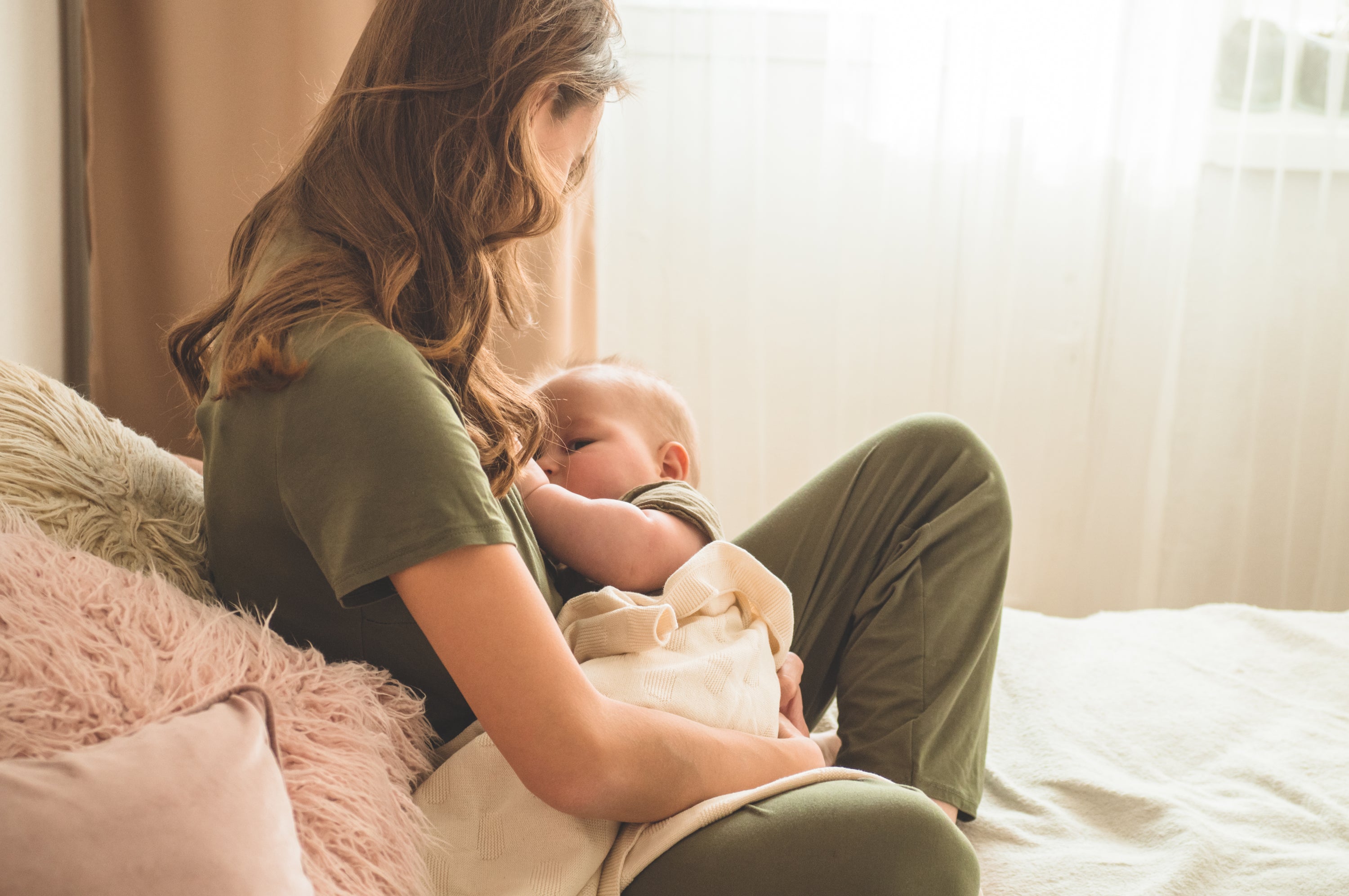Home
Pregnancy & Breastfeeding Tips for New Moms: Preconception, Pumping & Parenting Support
7 Effective Breastfeeding Positions, Latching, and Positioning

7 Effective Breastfeeding Positions, Latching, and Positioning
Breastfeeding is a wonderful experience for both mother and baby, but it doesn’t start that way until you decide how to hold your baby first. After childbirth, you’ll be sore and tired regardless of how you gave birth, so determining a specific breastfeeding position might be more difficult than you were expecting. Nevertheless, there are enough positions that all breastfeeding moms should be able to find the perfect position quickly and easily.
How to Choose the Right Breastfeeding Position for Your Baby
Learning how to hold your baby to breastfeed is important because if you aren’t comfortable, the baby will sense it and be uncomfortable, too. Tension can affect your milk supply as well, but fortunately, there are enough breastfeeding positions to keep any mom happy. All that you have to do is get familiar with them and then decide which one is right for you.
1. Cradle Hold
This is the position that most people think of when they picture a breastfeeding mom. The baby will be lying across your tummy and you and the baby will be belly-to-belly. The baby’s head and shoulders will be in your arms for support, but you have to keep your breasts at the right natural level because if you don’t, the baby may find latching on to be difficult.
There is also a cross-cradle hold, in which the baby is in the same position as the cradle hold except their body lies in the opposite forearm. The position is still comfortable but is easier for babies to lift their heads so they can latch on to the breast. In many ways, it’s easier to support the baby’s neck and shoulders with this position; plus, you have a free hand to help shape and hold the breast while you nurse.
2. Upright or Koala Hold
This one can be a challenge with a newborn because the baby is essentially sitting on your lap or thigh in an upright position. If the baby has reflux or gets ear infections, this is a good position, and it also makes it easy for the baby to latch on to your breast. Even newborns can be fed this way if you place a soft pillow underneath them.
3. Dancer Hand Hold
If your baby has a disability or has trouble latching on for one reason or another, this is a good position to try. Start by placing your hand underneath the breast, placing your thumb on one side and your fingers on the other. Slide your hand forward until the index finger and thumb make a U shape on the front section of your breast, making sure that your remaining three fingers support the breast underneath.
At this point, the baby’s jaw should rest on the thumb and index finger as you feed them. The baby’s chin will be at the bottom of the “U,” and your thumb and index finger can gently hold each of their cheeks. With this position, you can see exactly how the baby is latching on and alter it some if necessary.
4. Dangle Hold
This one may sound odd, but if your breasts are engorged or very full, it may be a more comfortable position to use. With the dangle hold, you simply get on all fours and dangle over the baby, placing the breast in their mouth whenever you feel that you’re ready. You can practice this position on your bed or place pillows or cushions underneath your knees and hands for more comfort.
5. Side-Lying Hold
This one is particularly easy if you’ve had a C-section. To do it, you and the baby are tummy-to-tummy but in a lying-down prone position. You can prop one arm up behind you and use the other one to position the breast. This means that it’s easy to see just how the baby is latching on, which enables you to help them latch on properly.
6. Football or Clutch Hold
This is a good position for moms of twins, small babies, or moms who have had C-sections. The baby’s head will be at the breast but the feet will be facing in back of you. The pressure is off of your stomach and you can still watch to make sure that the baby latches on correctly. Think of how a football is held and you’ll understand this position!
7. Laid-Back or Reclined Hold
In this position, you are either in a reclined position or lying flat on your back and the baby is on your chest. If you have a baby that is having trouble latching on or who doesn’t like their heads or bodies touched too much, this is a good position to practice because you can usually just let them lie there and get in a position that makes them most comfortable.
It’s also a good position for moms with big breasts but small babies because the baby is on top of the breast and not the other way around, which makes it easier for them to latch on properly and securely. You can still hold them gently with your hands, but it’s a simple pose to practice.
Conclusion
There are many different types of breastfeeding positions, and all of them affect the baby’s position, your position, and the latching-on process in a different way. All of these factors are important for successful breastfeeding, and if one position doesn’t work for you, there is no need to worry because there are lots of them available. Indeed, finding the right nursing position is never difficult.
Share
